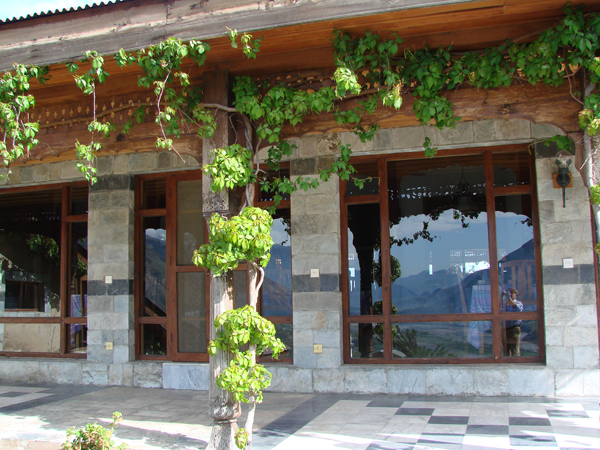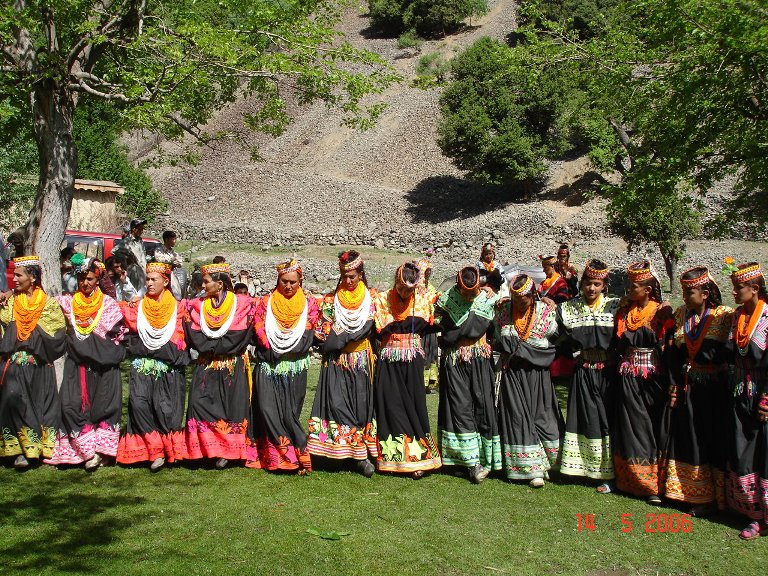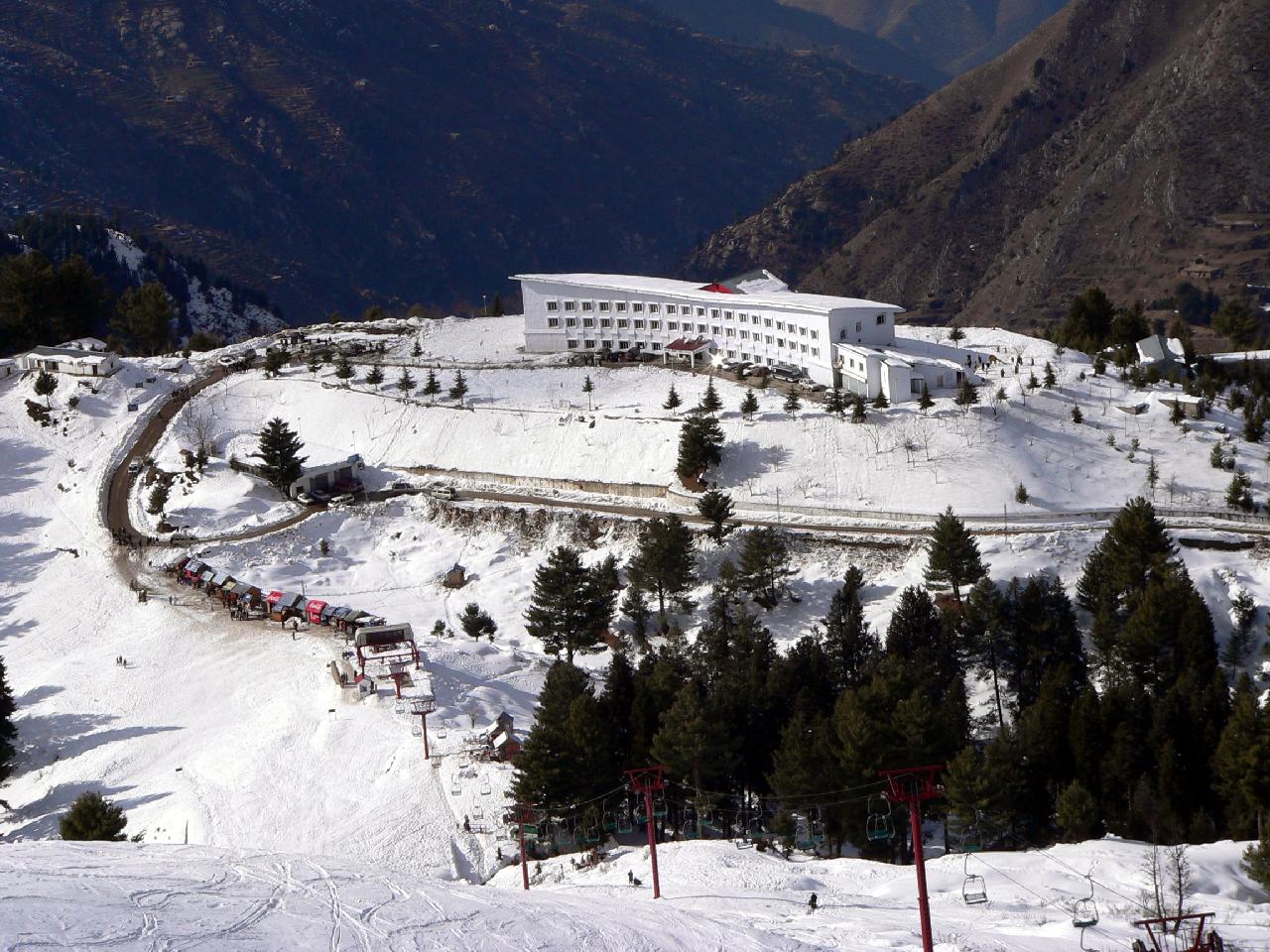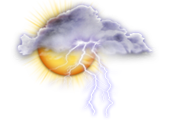Chitral Valley

This 322 km.(200-mile) long mountain hideout, nesting high in the Hindu Kush range, is a place of fascinating scenic beauty and grandeur. Chitral’s collection of rugged mountains, sulphur springs, rivers teeming with trout, orchard-dotted slopes, friendly people and annual festivals are enchanting beyond description. For the modern day traveler this scenic region offers an exciting experience. It is easily accessible by air from historic city of Peshawar.
Chitral is one of the oldest princely states of the former sub-continent. Starting from 3AD,to 1010 various parts of chitral have seen the rules of Buddhist (Kanishka) Chinese (Kushan and Tang dynasties) Arabs and Persians (from Khurasan).
The present ruling family of the Katoor Dynasty hails from Herat in Afghanistan. They have been on the scene from 1590 until the state of Chitral became a settled district of present-day Pakistan in 1969.
The Ulmulk rules of the Katoor dynasty gave the state stability and world-wide recognition .
Aman Ulmulk ruled for 39 years until 1895 and his son Shuja Ulmulk ruled for 41years . Only one of Shuja Ulmulks sons, Khush Ahmed Ulmulk, is surviving to date after the death of one of his brothers , khushwaqt Ulmulk in 2010 and Mohiuddin in 2011. Siraj Ulmulk , the owner of hindukush heights,is the eldest son of late Khushwaqt Ulmulk.
Alexander of Greece marched through this valley in 327 B.C, and left behind traces of Greek heritage, which can still be seen.
Chitral District is bounded on the north, south and the west by Afghanistan and is separated from the Soviet Union by a narrow strip of Wakhan, a province of Afghanistan and from China by Hunza area. It lies between latitude 35 51 N and longitude 71 47’E.
Area And Elevation
Area: 14504 square meters (5,600 square miles).
Elevation: 1278-7700 meters (3700-25264 feet).
Climate
Summers are generally pleasant but the winters are extremely cold. Chitral has unpredictable during spring with frequent rains and snowfall. Autumn is pleasant with mild temperatures.
Tourist Season
Ideal time for visiting Chitral is from June to September.
Population
1,59,230
Majority of the people are Muslims. The only non-Muslim ethnic minority in the Chitral valley are the Kafir Kalash. Numbering about 2,500 to 3,000 they inhabit Birir, Bumburet and Rambur valleys in the south of Chitral. Their life style is characterized by their own ancient and religion.
Languages
The local dialect is ‘Khowar’ (Chitrali). Urdu is understood by a large number of people while Pushto is spoken and understood in Chitral and Drosh.
Costumes
The women wear ‘shalwar-kameez’ (long shirts with baggy trousers) and ‘dupattas’ (flimsy scarves draped round the Shoulders).
In winter the man wear ‘shuqa’, loose ,long woolen gowns with long sleeves. The popular headdress is ‘pakol’ which is also of woolen material.
The Kalash men distinguish themselves from the non-Kalash by wearing Chitral woolen hats to which they add feathers or little metal bells. Traditional dress, reserved for blue, very simple with a hole cut out for the neck. The wear long woolen belts and their shoes are often of goat-skins, usually rigged directly to the feet and laced with woolen or leather thongs.
The Kalash women wear black gowns of coarse cotton in summer and handspun wool dyed black in winter. They also wear a picturesque headgear, which weighs between three and four pounds. It is made of woolen black material encrusted with cowry shells, buttons and crowned with a large coloured feather.






 10 o C
10 o C
